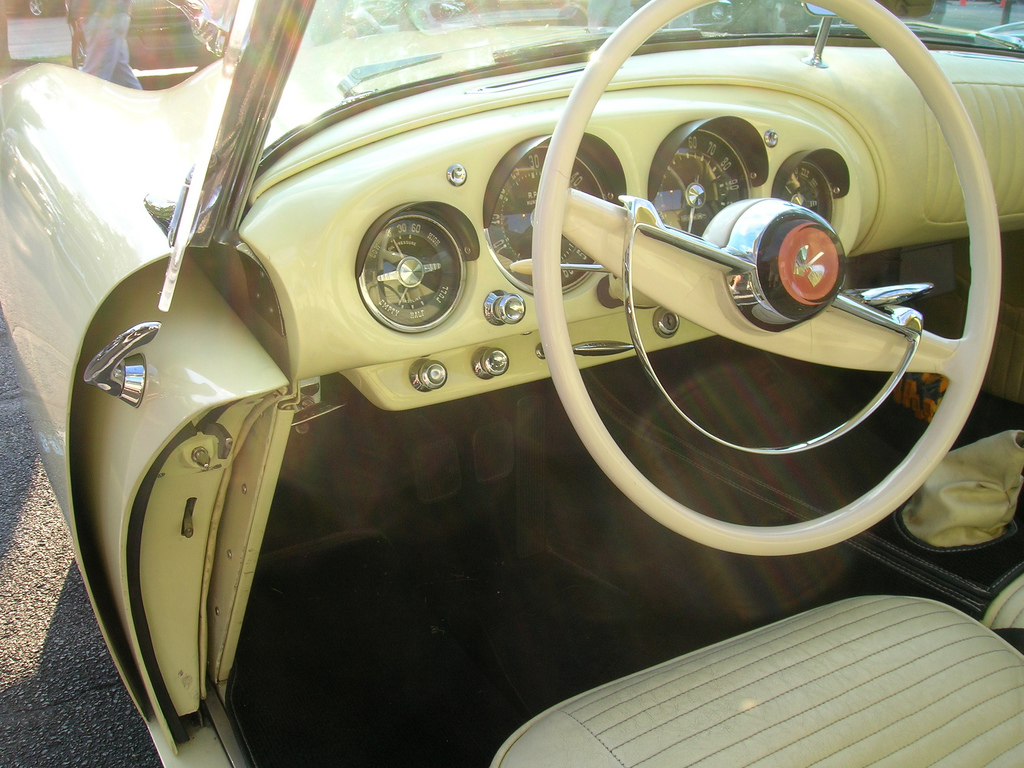Could the rise of the minivan signal good things for autos?
OK, OK, I think the marketing of new minivans has gotten away from itself. Breaking the stigma of the vehicle of choice for soccer moms, new adverts use heavy metal and romance to lure new buyers But, according to the NY Times, this edgy messaging to rebrand the minivan as something really cool is working.
Analysts credit the Toyota campaign with helping to increase sales of the Sienna by 18.5 percent through November — double the industry average for minivans and a rare bright spot for Toyota, whose overall sales have been flat since bad publicity over product recalls.
Sales of the Honda Odyssey are up 42 percent since October, when the 2011 model and new ad campaigns were introduced.
Swagger Wagon
Super Metal Honda Odyssey 2011
The auto industry has climbed back from the abyss and seems to be making a go at building profitable businesses.
Just for kicks, check out the Swagger Wagon Lyrics:
[INTRO MOM AND DAD]
Yeah
This one goes out to all you minivan families out there.
Sienna SE…in the house.
Where my mother/fathers at?
Where my kids at?
Where my kids at?
Where my kids at?
Where my kids at?
Where my kids at?
Where my kids at?
No, seriously honeywhere are the kids?
They’re right there, see?
Oh, cool beans. (Read more at Will Minivans Rise Again)
Source:
Mocked as uncool, the minivan rises again (NY Times)








